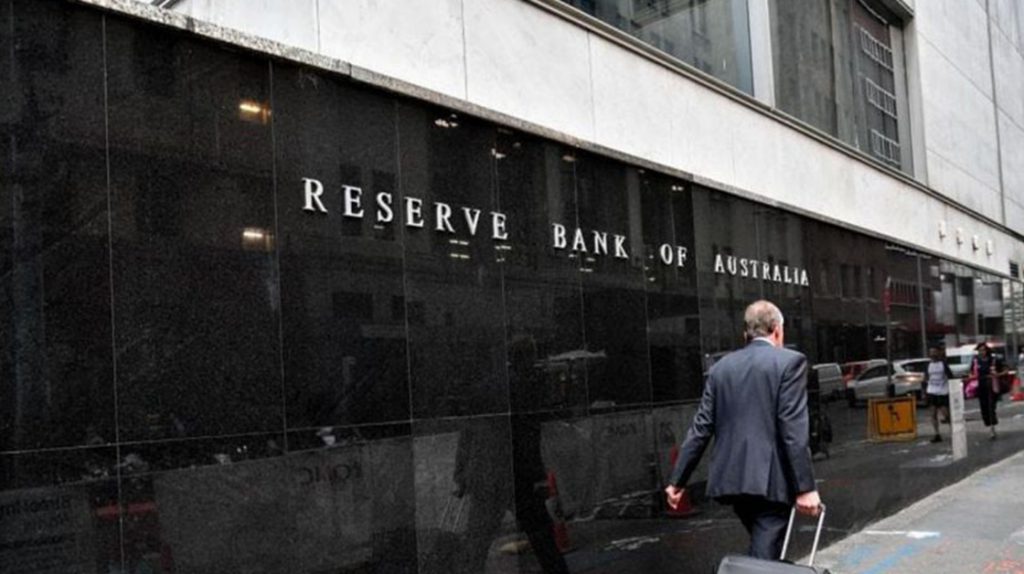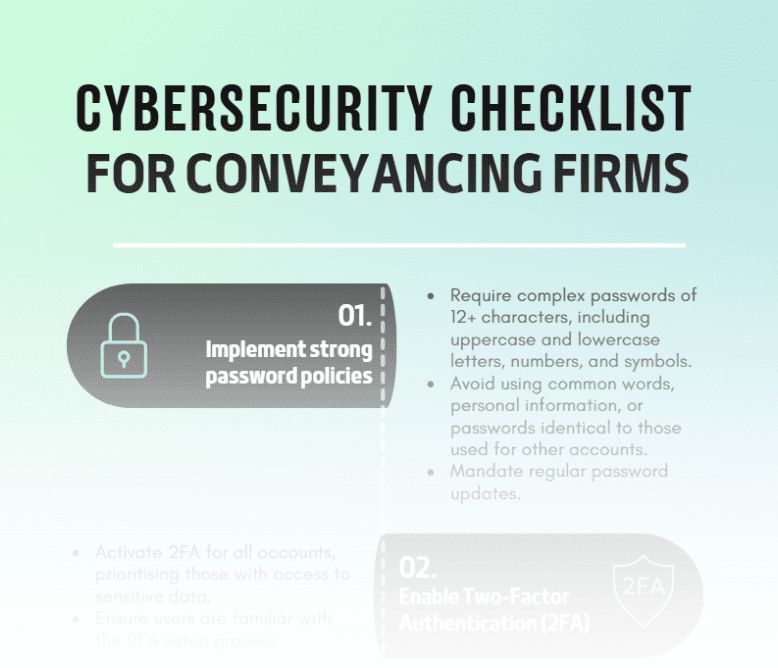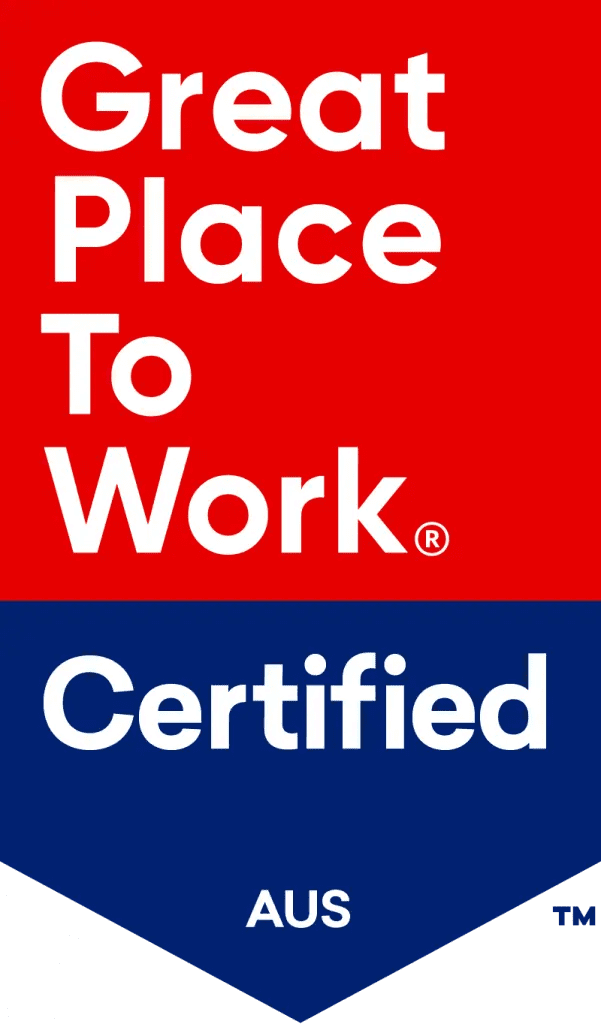The nation’s top economists announced at 2:30pm this afternoon to increase interest rates for the first time in more than a decade, rising 0.25 per cent.
The rate, which now sits at 0.35 per cent, set by the Reserve Bank of Australia (RBA) is the interest rate on unsecured overnight loans between banks.
RBA governor Philip Lowe confirmed a 0.25 percentage point increase, saying: “The Board judged that now was the right time to begin withdrawing some of the extraordinary monetary support that was put in place to help the Australian economy during the pandemic.”
While not immediate, the conveyancing industry could face a long-term backlash with reluctancy from low to middle income earners potentially avoiding the property market from impacting mortgage increases.
triSearch CEO, Taylah Allen said while this outcome is undesirable, it is a very real scenario, and it will recreate a customer the conveyancing industry hasn’t seen in more than 10 years.
“Not only will the rate increase effect the number of reluctant newcomers to the market but it will create a new breed of purchasers,” Allen said.
“This will be particularly evident when young Australians seek to enter the market.
“Conveyancers will need to look throughout their business to reduce costs and pass savings onto potential clients.”
Interest rates rise explained
When the RBA increases the interest rate (more correctly known as the “cash rate target”), it makes it more expensive for your lender to conduct business.
Lenders typically pass these costs on to the borrowers, leading to the accepted notion that when interest rates rise, so too do mortgage repayments.
What it means for property market

With the rate rise the property market is expected to fall, however, experts believe it is not enough to result in the market crashing considering property prices have grown as much as 26 per cent in the last two years, according to CoreLogic data.
AMP Capital’s Chief Economist Dr Shane Oliver told Channel Nine while he expects house prices to fall up to 15 per cent over the next two years, he believes a crash is not imminent.
“House price crash calls have been a dime a dozen over the last two decades, only to see the boom roll on after periodic dips,” Dr Oliver said.
“So, the experience since the early 2000s warns against getting too bearish. Some would see a 15 per cent fall in prices as a crash, but I take it to mean prices falling 25 per cent or so.
“Our assessment is that while a crash is possible, it is unlikely unless we see very aggressive rate hikes – say taking the cash rate to 4 or 5 per cent – or much higher unemployment, driving a sharp rise in defaults and forced property sales.”
As a result, if prices were to fall by 15 per cent it would only return the market back to late 2020 or early 2021.
With the first rate rise set, many experts are predicting continued growth each month until December 2022.
Stay up-to-date with the latest conveyancing and property industry news by subscribing to the complimentary newsletter, The Conveyancer Digest, today.






